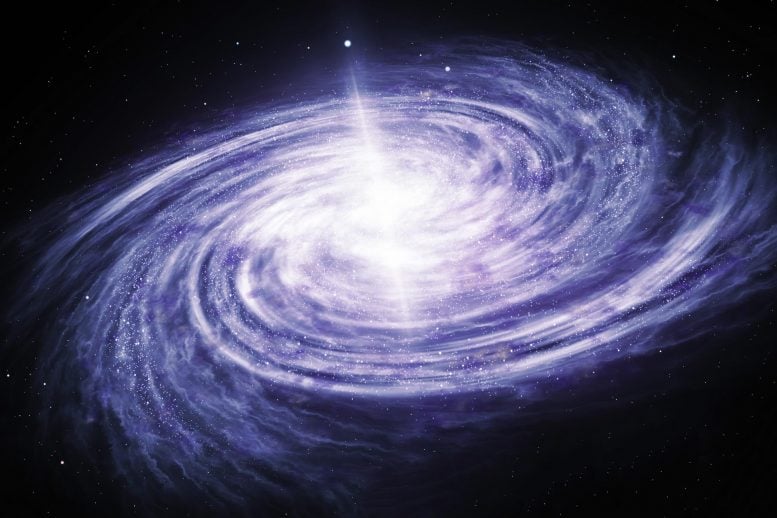
The direction in which a galaxy spins depends on its mass, researchers have found.
Sky survey provides clues to how galaxies change over time.
The direction in which a galaxy spins depends on its mass, researchers have found.
A team of astrophysicists analyzed 1418 galaxies and found that small ones are likely to spin on a different axis than large ones. The rotation was measured in relation to each galaxy’s closest “cosmic filament” – the largest structures in the universe.
Filaments are massive thread-like formations, comprising huge amounts of matter – including galaxies, gas and, modeling implies, dark matter. They can be 500 million light-years long but just 20 million light-years wide. At their largest scale, the filaments divide the universe into a vast gravitationally linked lattice interspersed with enormous dark matter voids.
“It’s worth noticing that the spine of cosmic filaments is pretty much the highway of galactic migration, with many galaxies encountering and merging along the way,” says lead researcher Charlotte Welker, an ASTRO 3D researcher working initially at the International Center for Radio Astronomy Research (ICRAR) and now at McMaster University in Canada.
ASTRO 3D is the ARC Center of Excellence in All Sky Astrophysics, based in Australia.
The filaments are why the universe looks a little like a honeycomb, or a cosmic Aero chocolate bar.
Using data gathered by an instrument called the Sydney-AAO Multi-object Integral-field spectrograph (SAMI) at Australia’s Anglo-Australian Telescope (AAT), Dr. Welker, second author and ASTRO 3D principal investigator Professor Joss Bland-Hawthorn from the University of Sydney, and colleagues from Australia, the US, France, and Korea studied each of the target galaxies and measured its spin in relation to its nearest filament.
They found that smaller ones tended to rotate in direct alignment to the filaments, while larger ones turned at right angles. The alignment changes from the first to the second as galaxies, drawn by gravity towards the spine of a filament, collide and merge with others, thus gaining mass.
It is a phenomenon that Dr. Welker likens to roller-skating in the company of a friend.
“The flip can be sudden,” she says. “Merging with another galaxy can be all it takes.
“Imagine you are skating after a friend and catching up. If you grab your friend’s hand while you are still moving faster, you will both start rotating on a vertical axis – a spin perpendicular to your horizontal path. However, if a small cat – a much lighter bit of matter – runs after your friend and jumps on her she probably won’t start spinning. It would take a lot of cats leaping on her at once to change her rotation.”

This is a simulation showing a section of the Universe at its broadest scale. A web of cosmic filaments forms a lattice of matter, enclosing vast voids. Credit: Tiamat simulation, Greg Poole
Co-author Scott Croom from the University of Sydney, also an ASTRO 3D principal investigator, says the result offers insight into the deep structure of the Universe. “Virtually all galaxies rotate, and this rotation is fundamental to how galaxies form,” he says. “For example, most galaxies are in flat rotating disks, like our Milky Way. Our result is helping us to understand how that galactic rotation builds up across cosmic time.”
He adds that a new instrument, called Hector, set to be installed at the Anglo Australian Telescope next year, will enable a significant expansion of research in the field. “Hector will be able to carry out surveys five times larger than SAMI,” he says. “With this we will be able to dig into the details of this spin alignment to better understand the physics behind it.”
The Milky Way, by the way, has a spin well aligned with its nearest cosmic filament, but belongs to a class of intermediate-size galaxies that, overall, show no clear tendency towards parallel or perpendicular spins.
“It’s like saying that there is no preference for tea or coffee among a group of people,” says Dr. Welker. “Individuals may still prefer either tea or coffee, but overall there is no general tendency towards coffee in the group.”
Reference: “The SAMI Galaxy Survey: First detection of a transition in spin orientation with respect to cosmic filaments in the stellar kinematics of galaxies” by C Welker, J Bland-Hawthorn, J Van de Sande, C Lagos, P Elahi, D Obreschkow, J Bryant, C Pichon, L Cortese, S N Richards, S M Croom, M Goodwin, J S Lawrence, S Sweet, A Lopez-Sanchez, A Medling, M S Owers, Y Dubois and J Devriendt, 12 October 2019, Monthly Notices of the Royal Astronomical Society.
DOI: 10.1093/mnras/stz2860
ASTRO3D is the ARC Center of Excellence for Astrophysics in 3 Dimensions.

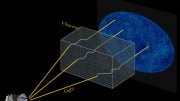
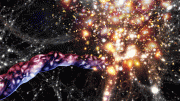
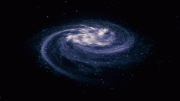
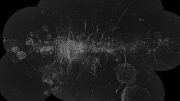
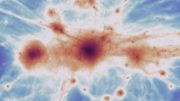
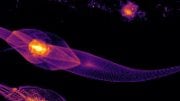
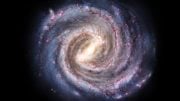
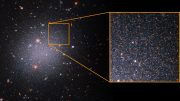
“Filaments are massive thread-like formations, comprising huge amounts of matter – including galaxies, gas and, modeling implies, dark matter. They can be 500 million light-years long but just 20 million light-years wide. At their largest scale, the filaments divide the universe into a vast gravitationally linked lattice interspersed with enormous dark matter voids.”
Do your research and you’ll discover that the above statement (about filaments) was yet another huge surprise for space scientists, one which has yet to really be sufficiently squeezed into big bang mythology in a way that really makes sense. When you get surprise after surprise after surprise with each new discovery because they don’t fit into your models, at what point should you begin to question your fundamental beliefs? Good models should be able to predict phenomenon, and if you’re models were useful, they should have predicted filaments. But there you are, stuck with a model based on a big explosion, and explosions don’t create filaments, no matter how hard you may now ad hoc try to make that happen.
It’s an error to conceive of the Big Bang as an explosion. And because of the misconception, your criticism of the Big Bang is wrong.
First, part of the problem with current cosmology is that it utilizes terms that are misleading and often next to meaningless, ie Big Bang, solar wind, black/dark fill in the blank, space/time, etc etc. Or worse, they can mean about anything they want it to mean. And yes, explosion is a very simplified term for a complex thought construct, agreed, but Big Bang, uh, isn’t? But please do feel free to explain the differences, and how the Big Bang theory predicted or logically led to filaments, especially given that when they were discovered it was yet another huge surprise for that space community. Oh, and btw, if you have to resort to semantics to defend your position, it begs the question of whether you have one at all.